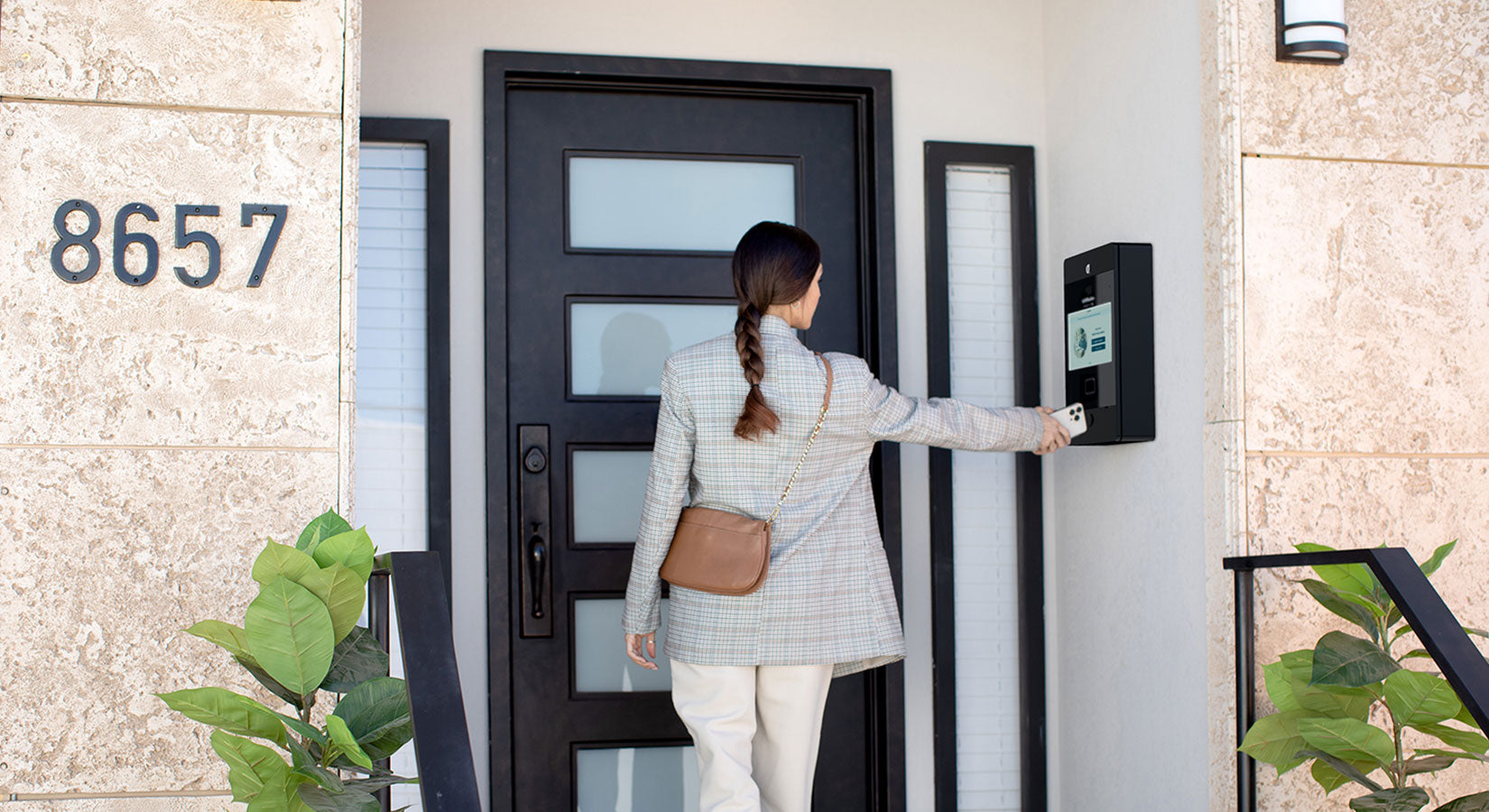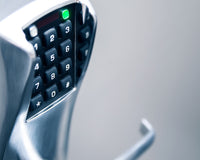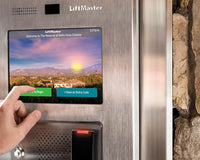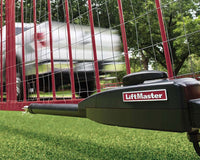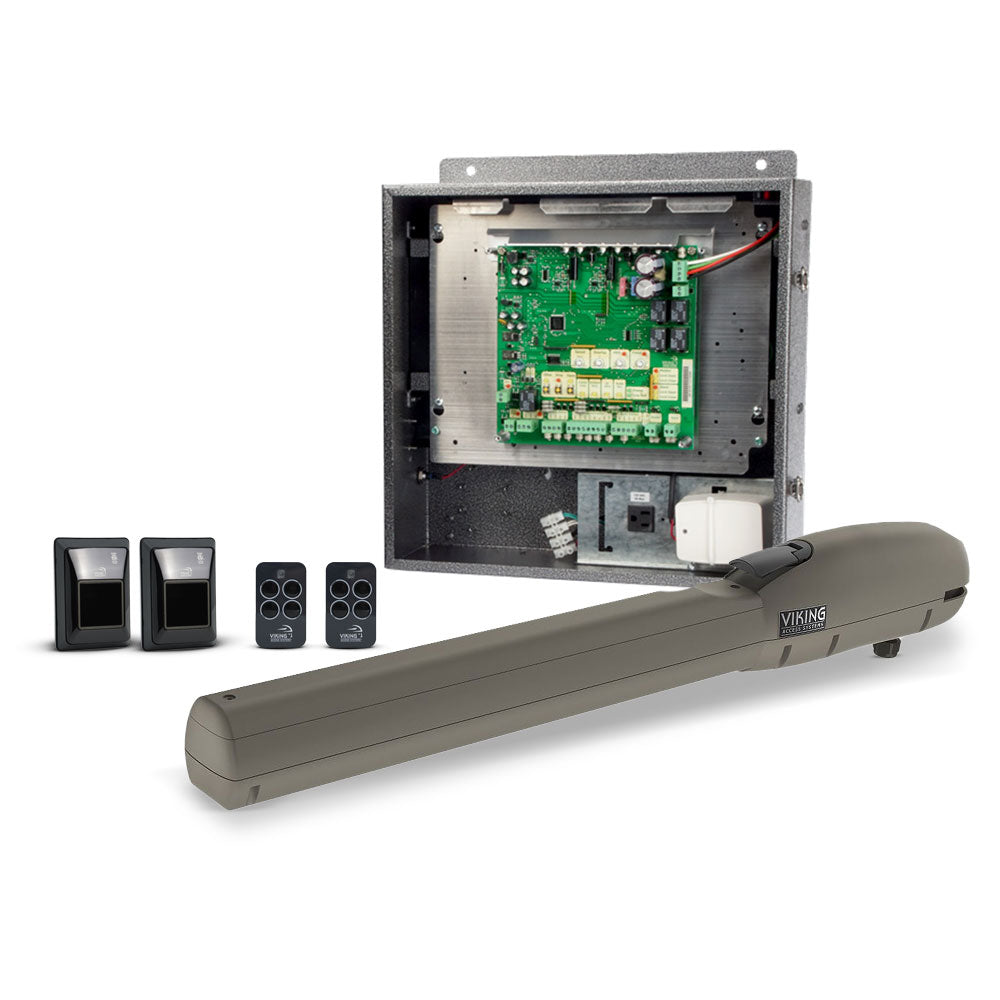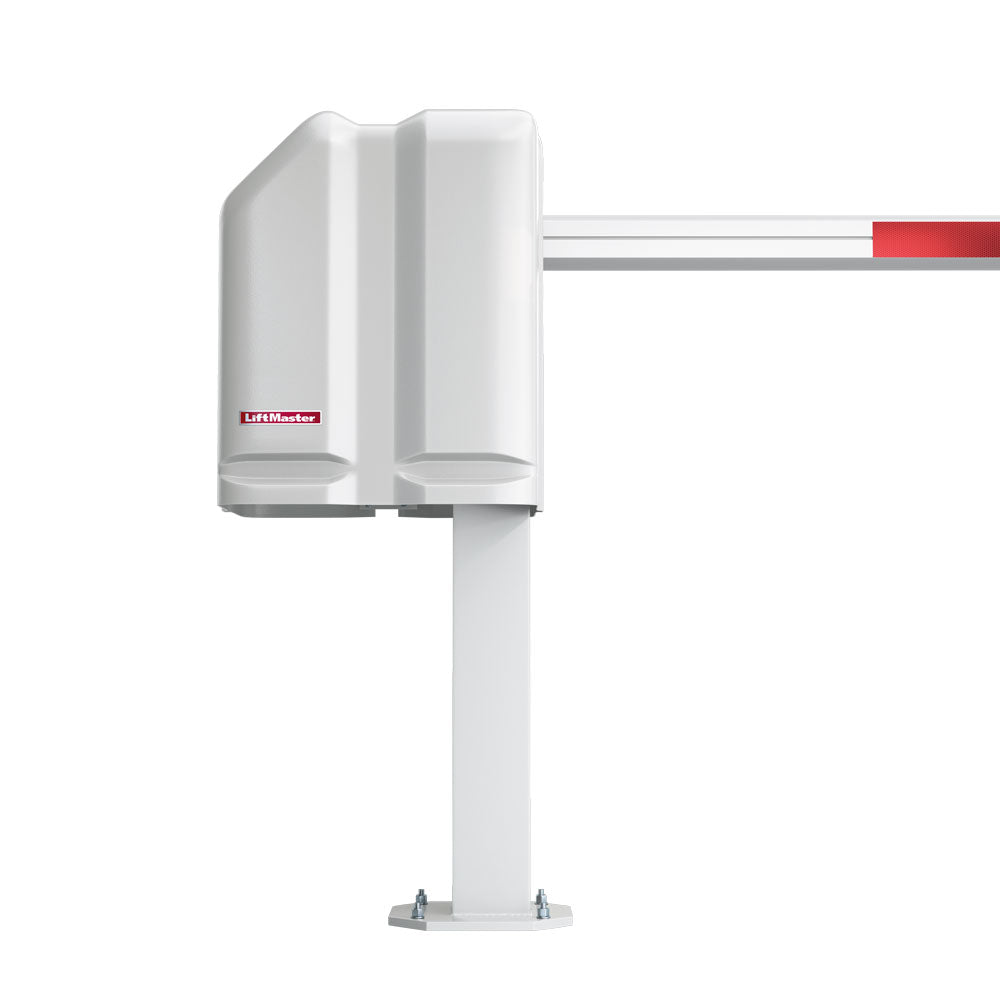Smart Intercoms: A Need to Communicate, Then and Now
The need for communication, both near and far, has existed since the dawn of civilization. Intercom systems, though often overlooked, have played a crucial role in facilitating communication within buildings and across large areas. From their modest beginnings as analog tools, intercoms have evolved into sophisticated Internet-of-Things marvels that seamlessly integrate user lives and elevate property management to new heights. Single-family homes, gated communities, large residential buildings, multi-family buildings, and multi-unit office spaces can now enjoy unparalleled control over their entrances and exits. Additionally, configurable email notifications enhance security and convenience for residents by keeping them informed about various events and issues.
Here at All Security Equipment we’ll study and outline the many ways intercoms have evolved across history to reach their technological pinnacle in the form of the LiftMaster CAPX series.
Voice Tubes and Early Electric Systems:
Ever since the rise of the first towns, the need to send information over long distances has been paramount. Communicating within smaller spaces, like different floors in a building or large areas like warehouses, mansions or forts, later became equally important. This need for "internal communication" gave rise to the term "intercom," today typically used for a device allowing conversation between rooms, floors, or across large areas within a structure.
Before electricity and advanced systems were commonplace, communication within large homes, for instance, from the parlor to the servant's quarters, might’ve involved pulling ropes connected to bells. Pulling the rope would ring the bells, alerting the servants of requests. Evidently, the ability to directly speak with someone in another part of the building would've been far more efficient. The solution came in the form of an acoustic communication system: the voice tube.
A voice tube is a hollow tube or pipe running between locations, allowing people to converse from different ends of a building. The idea for the original voice tube originated in the early 19th century with French scientist Jean-Baptiste Biot.
Later developments included work by Antonio Meucci, an Italian immigrant scientist who built an acoustic speaking tube system in his New York home. Meucci's work eventually contributed to the development of the telephone, one of the most revolutionary communication technologies in human history.
The Rise of Telephone Intercoms and Beyond in Multi Family Buildings

One of the first patented intercom systems, designed primarily for larger apartment buildings, was created by the Kellogg Switchboard and Supply Company in 1894. These early systems employed pull-wire or later electrical signaling mechanisms. A visitor would pull a handle or push a button on a panel, alerting the tenant of someone seeking entry. However, without the ability to see or speak with the visitor, there was a risk of letting in unauthorized individuals. Security became a growing concern as cities expanded and buildings grew larger. The manual processes involving doormen or constant vigilance became frustrating for tenants, visitors, and property owners alike.
The Kellogg system addressed this by adding a telephone-like circuit to the signal panels. This simple yet incredibly efficient solution featured an earpiece and mouthpiece resembling old-fashioned candlestick telephones, allowing tenants to directly communicate with visitors instead of relying on doormen. Thus, the very first telephone intercoms were born.
Later, in the 1930s, engineer Allan C. Bernstein founded Adams Laboratories, taking the apartment intercom concept to the workplace. Adams Laboratories eventually became the manufacturing arm of Executone Corporation, with Bernstein as President. Their first product was a simple two-station system, known as the "boss-to-secretary" system. This innovation paved the way for further point-to-point wired systems, including one of the first "patient-to-nurse" hospital communication systems ever used.
It wasn't uncommon to see office desks equipped with two or three phones, one of which might be part of an intercom system within the building. Only with the arrival of more sophisticated systems did telephones with external lines also incorporate intercom functionality.
As time progressed, manufacturers responded to market needs by introducing new features. Speaker-based intercoms, commonly used in naval ships during World War II, became widespread in the commercial sector. These speakerphone-like systems allowed for multi-person conversations. Additionally, noise-canceling circuits for loud environments, public address capabilities, and other modern features made it easier for users to find systems that suited their needs.
Each innovation brought the intercom closer to the form we know today.
The 20th Century - Enter the Digital Age:

By 1970, intercoms had become synonymous with convenience, facilitating communication between assistants and executives, for instance, and employees across different offices within the same building. Over the years, the technology has transformed from a simple communication device into a vital security component for organizations.
The addition of a black-and-white camera and an internal video screen in 1984 created the first video door answering system, forever changing the landscape of intercoms. The security industry quickly recognized the potential of video intercoms for securing commercial buildings, government institutions, and schools.
Soon after, engineers eliminated the need for coax cable, developing a user-friendly two-wire system for easy installation. The momentum continued with the introduction of the first multi-directional, pan-and-tilt video systems. Color options became available in 1998, solidifying video intercoms as a standard security tool.
Then came the digital revolution and the Internet of Things, fundamentally altering the landscape. Many of the intercom features we take for granted today are possible due to this explosion of digital corporate networks. Previously, analog technology limited the size and range of security systems, along with available power sources. Modern cloud-based technology, Wi-Fi, and high-quality yet compact audio-visual components have eliminated these constraints. Additionally, interconnectivity through apps and software systems allows for fine-tuning and managing every element of a property’s security network, starting with its intercoms and entrances.
A single user in a security operations center can now monitor and control multiple entrances or emergency stations across various facilities, even those spread across a campus or the entire country, from a centralized dashboard. The same user can grant access through a certified digital key delivered via smartphone. Multi-tenant apartment buildings leverage video intercoms, eliminating the need for second-shift doormen, and keeping residents in close contact with property managers.
The LiftMaster CAPX Series: The Smart Video Intercom of Today and Tomorrow

LiftMaster‘s CAPX Smart Video Intercom Systems and their accompanying software, myQ Community, represent the culmination of this technological evolution. Gone are the days of relying solely on muffled voices or a doorman’s call. CAPX intercoms boast high-definition 250FPS video cameras, built-in 1080p touchscreens, and a wide 135-degree field of view, allowing residents to see who’s at their door or gate with unprecedented clarity. They can even check who’s present using the myQ Community app.
These smart video intercoms offer controls for managing access to multiple doors or gates. This visual verification significantly reduces the risk of impersonation attempts. Imagine receiving a call on your phone, but instead of a disembodied voice, you see a delivery person holding your package. You can then have a two-way conversation, inquire about the delivery, and remotely grant access.
The high-definition picture quality of the touchscreens enhances both the modern experience and security. Property managers can even schedule entry and exit times for guests directly through the app’s calendar – all thanks to the innovative myQ Community software.
myQ Community Software: The Brains Behind the System
myQ Community software acts as the central nervous system for a CAPX system. Property managers can log into a secure web portal to manage access for residents and guests with unparalleled control. When adding new residents, they can assign specific access rights to building entrances, common areas, or even designated elevators – all within a few clicks. The software also allows for creating permanent or temporary virtual guest passes with defined access times. This eliminates the need for physical key distribution and retrieval, reducing security risks and administrative burdens for property managers.
Additionally, configurable notifications can alert property managers and residents about specific events, such as doors being propped open, overused codes, or when service is needed. This feature enhances security and convenience by providing timely and customizable email alerts.
Unwavering Security for Homes, Businesses and Gated Communities with LiftMaster.
Security remains paramount at LiftMaster. The CAPX intercoms themselves are built to withstand harsh weather conditions and vandalism attempts. Additionally, two-factor authentication during the login process adds an extra layer of security, ensuring only authorized users can access the system. This multi-layered approach ensures a secure living environment for all residents.
Furthermore, LiftMaster provides comprehensive service for maintenance and support of the intercom systems, ensuring that any issues or maintenance needs are promptly addressed.
Comparing LiftMaster CAPX Series Smart Intercom Systems
The Future of Intercom Technology
Here at All Security Equipment, we’re excited about the future of intercom technology, spearheaded by innovative solutions like LiftMaster CAPX. We’re also committed to connecting you with these advanced security solutions. Contact us today to learn more and enhance the security of your property!

